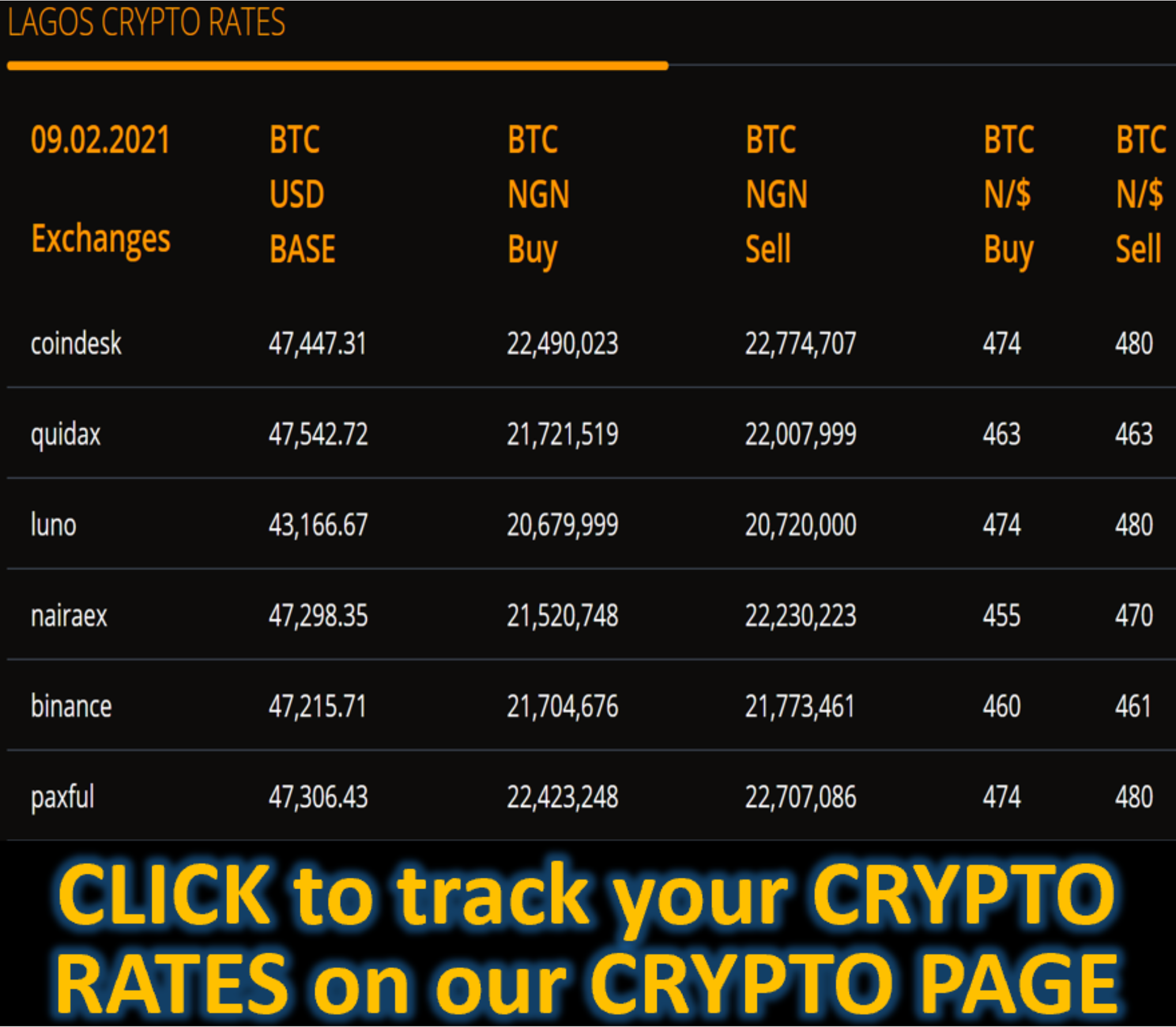Market News
UK Inflation Uptick Bolsters Bank of England Caution on Rates - BLOOMBERG
(Bloomberg) -- UK inflation accelerated more than forecast in October to well above the Bank of England’s 2% target, a pickup that investors saw as further dimming the prospect of more interest-rate cuts in the coming months.
Consumer-price inflation rose to 2.3% from 1.7% in September after a jump in energy bills, the Office for National Statistics said on Wednesday. It was above the 2.2% forecast by the BOE and private-sector economists.
Services inflation — which is being monitored closely by rate-setters for signs of domestic pressures — remained elevated at 5%, in line with BOE forecasts and up from 4.9% in September.
The figures are likely to entrench a cautious approach at the UK central bank to reversing 14 back-to-back interest-rate hikes amid growing inflationary threats at home and abroad. It is the first sign of a predicted pickup in inflation over the coming year.
The inflation release caused traders to further scale back their bets on lower interest rates in the coming months. The market now expects just two more quarter-point decreases in 2025, with a 40% chance of a third. Earlier this month, three reductions were fully priced.
The pound jumped after the report. Sterling is trading 0.2% stronger at $1.2702, rebounding further from a six-month low last week.
It’s a “pretty disappointing inflation release all round,” said James Smith, research director at the Resolution Foundation think tank. “It doesn’t encourage us to think there are any rapid interest-rate cuts coming. Inflation is still quite sticky,” he told Bloomberg Radio.
It marked the biggest pickup in headline inflation between months since October 2022. The BOE expects the rate to reach almost 3% by the third quarter of next year as an expansionary budget adds to the inflationary impulse caused by last year’s fall in energy prices dropping out of the annual calculations.
Inflation was pushed up by a 10% rise in the UK’s energy-price cap for households in October, compared to a drop a year earlier.
While BOE policymakers cut rates for only the second time earlier this month, they signaled a “gradual” approach to future reductions. Officials have suggested that uncertainty over the twin inflation threats from the Labour government’s first budget and Donald Trump’s election victory will keep them cautious on policy regardless of the data in the coming months.
Speaking to lawmakers on Tuesday, Governor Andrew Bailey pointed to sticky services inflation and a “number of risks out there” for his wary stance.
“A gradual approach to removing monetary policy restraint will help us to observe how this plays out, along with other risks to the inflation outlook,” Bailey said on the impact of an increase in payroll taxes for employers.
What Bloomberg Economics Says...
“The larger-than-expected rise in CPI inflation and stickiness of price pressure in the service sector are the most eye-catching parts of October’s CPI release. But a look beneath the surface suggests that domestically generated inflation is easing, albeit slowly. That should give the Bank of England confidence to continue lowering interest rates gradually over the course of 2025.”
—Ana Andrade and Dan Hanson, economists. Click to read the REACT on the Terminal
The BOE believes Chancellor Rachel Reeves’ fiscal plans may fuel inflation by increasing costs for businesses and boosting borrowing to pay for public investment.
An uncertain global backdrop is another reason for caution ahead of a potential trade war sparked by the return of Trump to the White House. While a tit-for-tat tariffs skirmish may boost prices, it could also prove disinflationary if the global economy cools and trade is diverted.
“With the budget set to boost growth and inflation next year, there is little reason for the Bank to deviate from its only gradual rate cutting schedule any time soon,” said Luke Bartholomew, deputy chief economist at Abrdn.
The ONS said that services inflation was also kept high by prices in restaurants and hotels, and a 6.3% month-on-month increase in air fares — the biggest jump for an October since records began in 2001.
Goods prices, which have been in deflation since April, are edging back toward growth, falling just 0.3% year-on-year in October. A Trump administration may further fuel global goods inflation if he sparks a tit-for-tat tariffs skirmish.
Separate figures showed pipeline inflation pressures remained subdued, with manufacturers’ fuel and raw material costs rising a smaller-than-forecast 0.1% in October and output prices unchanged. Both were lower than year-earlier levels, held down by falling crude oil prices.
(Adds markets reaction, context)









